Did Iran Intentionally Avoid Killing U.S. Soldiers in Last Night's Missile Attack?
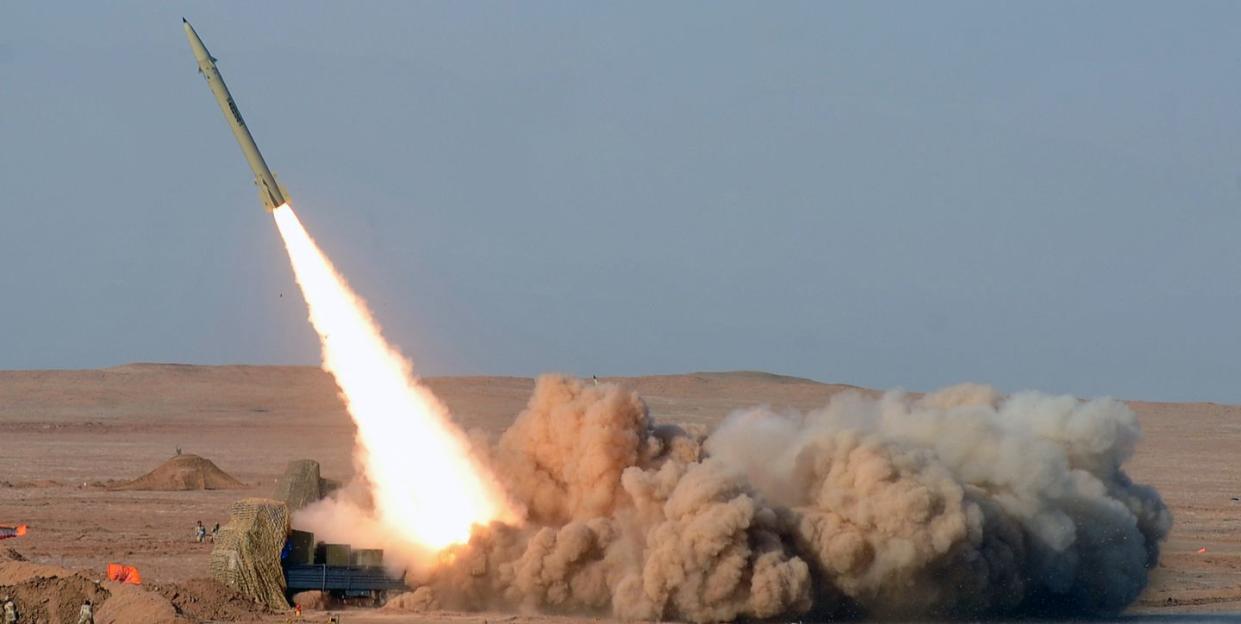
Iran launched missiles against targets in Iraq hosting U.S. forces.
No Americans were killed or wounded in the attacks.
Satellite imagery suggests that Iran's missile strike was calculated to deliberately avoid U.S. casualties.
Today, at 1:30 a.m. Iraq time, Iran launched more than a dozen ballistic missiles at U.S. forces. The missiles were targeted at Iraqi military bases hosting American forces. No Americans were reported harmed in the attacks. The barrage was a remarkably bold response to the killing of Iranian general Qassem Soleimani.
At the time of writing, Iran had declared mission accomplished and that its attacks on U.S. forces would cease. Whether that cease fire will hold, on either side, nobody really knows.
The attack took place at approximately 5:30pm EST. The exact number of missiles launched is unknown and described by the Pentagon as “more than a dozen”, with PBS reporting the missile count at 15. The Iranian Revolutionary Guards Corps, the paramilitary organization that controls the country’s ballistic missile force claimed it had fired “tens” of missiles. Iran launched the missiles, which it dubbed “Operation Martyr Soleimani,” directly from its territory, a rare move for a country that often fights conflicts through proxies.
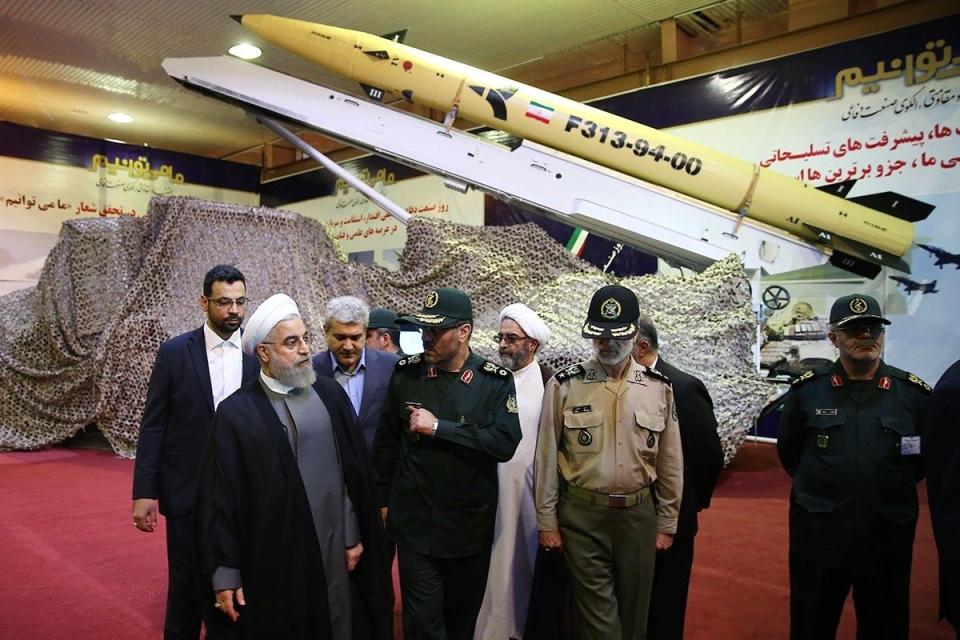
Fox News reports that ten missiles struck Al Asad Air Base in western Iran, while CNN reports thirteen missiles. (CNN’s count likely includes missiles that missed the base but technically targeted it.) Al Asad air base is 160 miles from the Iraq-Iran border. CNN also reports that there were Iraqi casualties at Al Asad but no details were available at this time.
At the same time, CNN reports that a U.S. base at the city of Irbil in northern Iraq was targeted with two missiles. One missile landed outside the perimeter of Irbil International Airport while the other landed 20 miles west of the city. Irbil is 95 miles from the Iraq-Iran border, in Iraqi Kurdistan.
Four of the missiles reportedly failed in flight—three aimed at Al Asad and one missile aimed at Irbil. Assuming that Iran indeed launched 15 missiles, that’s a success rate of just under 66 percent. Early generation Tomahawk land attack cruise missiles used in the 1991 Gulf War had a 90 percent chance of reaching their targets, while the current generation of Tomahawk missiles are even more reliable.
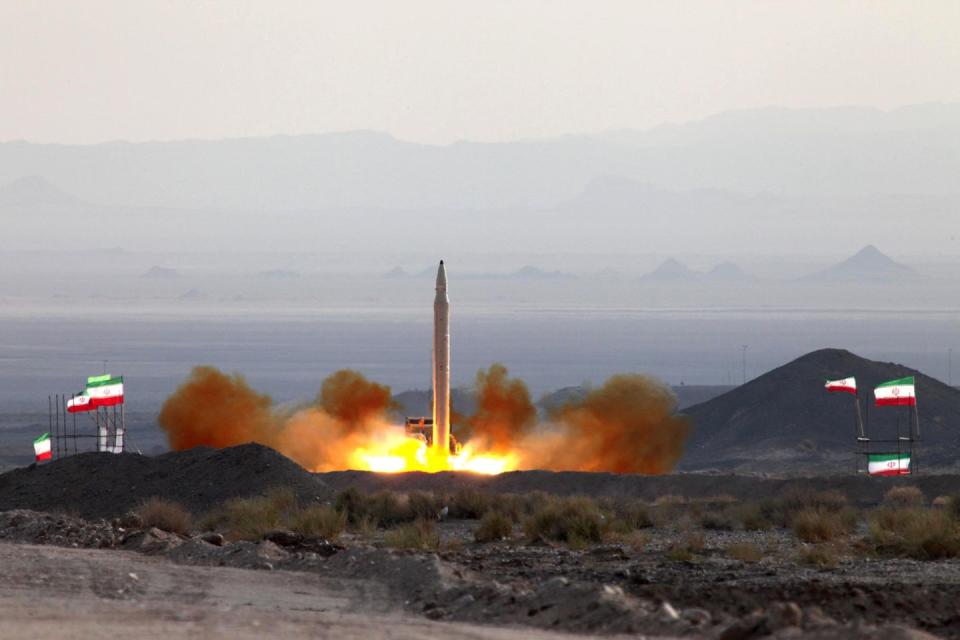
The missiles involved in the attack were likely Iran’s Fateh 110 short-range ballistic missiles (see top). A truck-launched missile, Fateh 110 has a range of 124 to 186 miles and packs a 1,100-pound, high-explosive warhead. The missiles might have also been the Zolfaghar, a newer, more accurate version of the Fateh with a 436 mile range.
Here’s imagery of a missile that failed to reach its target. The missile appears to be a Qiam short-range ballistic missile, which is based on the Scud missile.
More images of Iranian missile. pic.twitter.com/0RMFOoXiOE
— Aldin 🇧🇦 (@aldin_ww) January 8, 2020
Iran has a long history of lobbing ballistic missiles. During the 1980-1988 Iran-Iraq War, the two sides launched Scud missiles at one another’s major cities, each attempting to demoralize the enemy. After the war, Iran pursued ballistic missiles as an alternative to building up an air force and reportedly received technological assistance from North Korea.
In 2017, Iran launched between four and six Zolfaghar missiles at ISIS forces in the town of Deir Ez-Zor in Syria. Iran launched a similar strike in 2018. In September 2018, Iran launched ballistic missiles against Kurdish militant targets in Iraq.
The Iranian Revolutionary Guards Corps warned Washington not to retaliate or “it will face a more painful and crushing response." The threat rings hollow, since the missile attack didn’t actually hit anything, but it does signal that if the U.S. retaliates Iran will escalate.
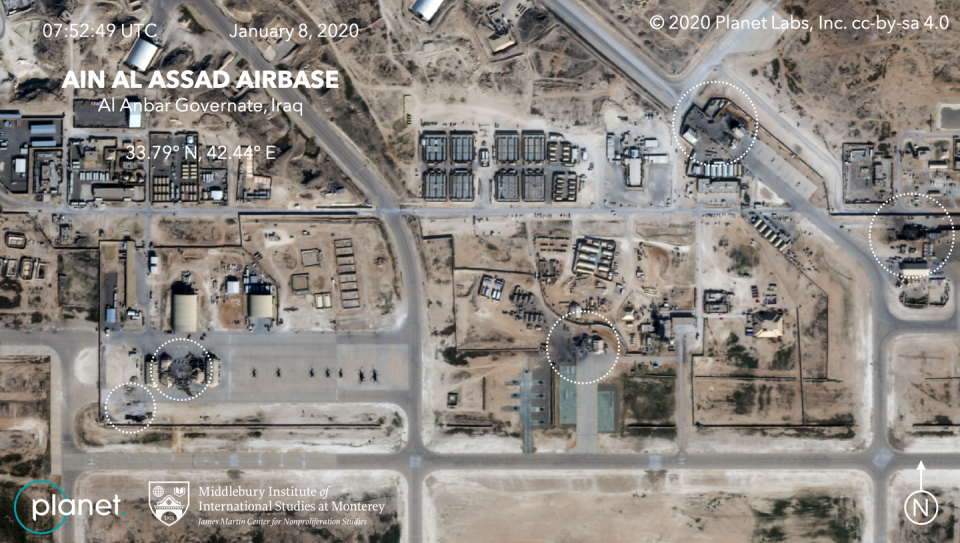
The U.S. may have an excuse not to retaliate if it chooses. Satellite imagery provided by Planet Labs shows that Iran apparently pulled its punch, targeting specific locations at Al Asad unlikely to host personnel. Analysis by the James Martin Center for Nonproliferation Studies strongly suggests Iran targeted buildings and structures where people were unlikely to be.
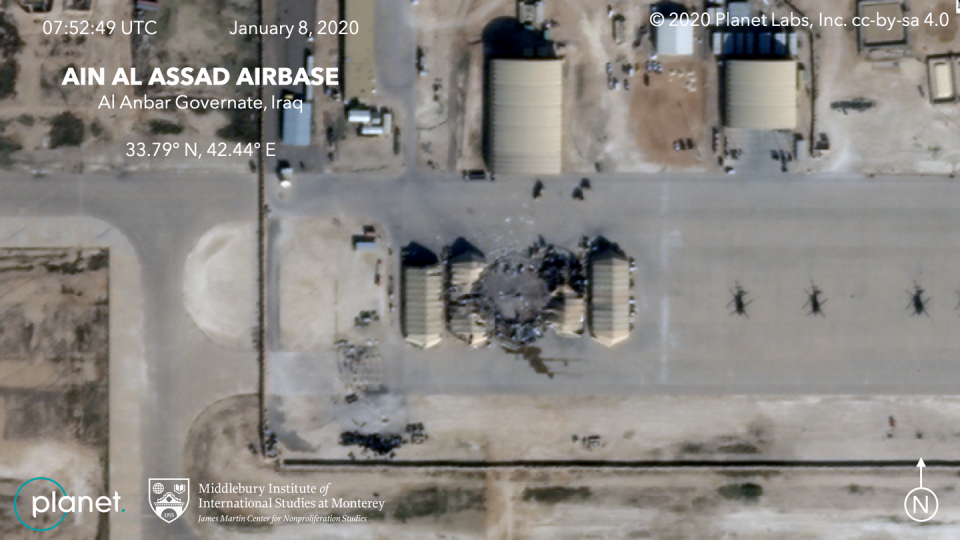
If true, the Iranian strike sends two messages: one, that Iran is not interested in escalating the situation by deliberately killing and injuring U.S. troops. Iran needed to retaliate but may have done so in a way that doesn’t force the U.S. to strike back. Second, precision targeting would also make it clear Iran could have gone after American forces if it wanted to.
For now both sides seem disinclined to continue shooting, but this incident could be the start of a new cold war between Washington and Tehran.
You Might Also Like

